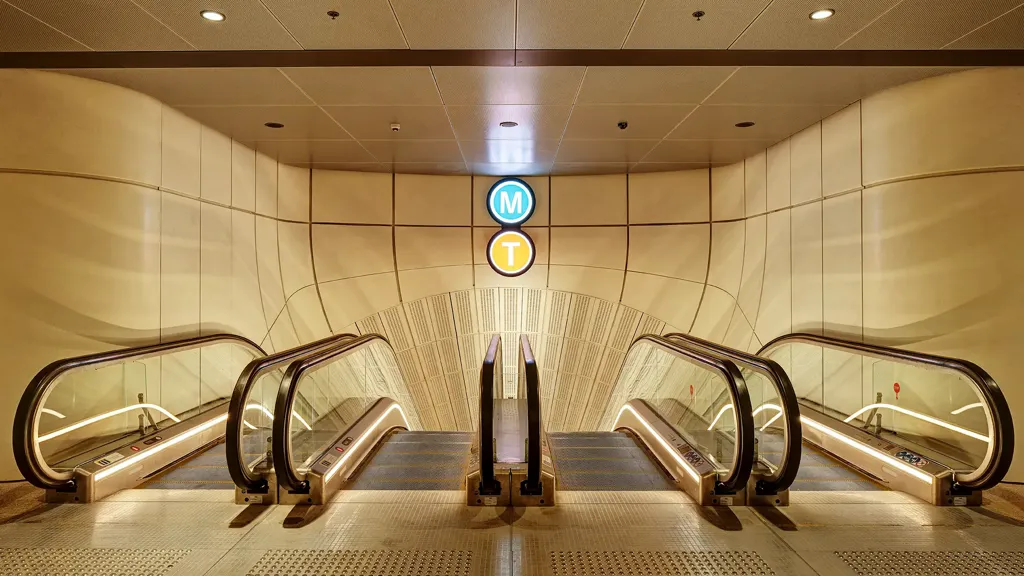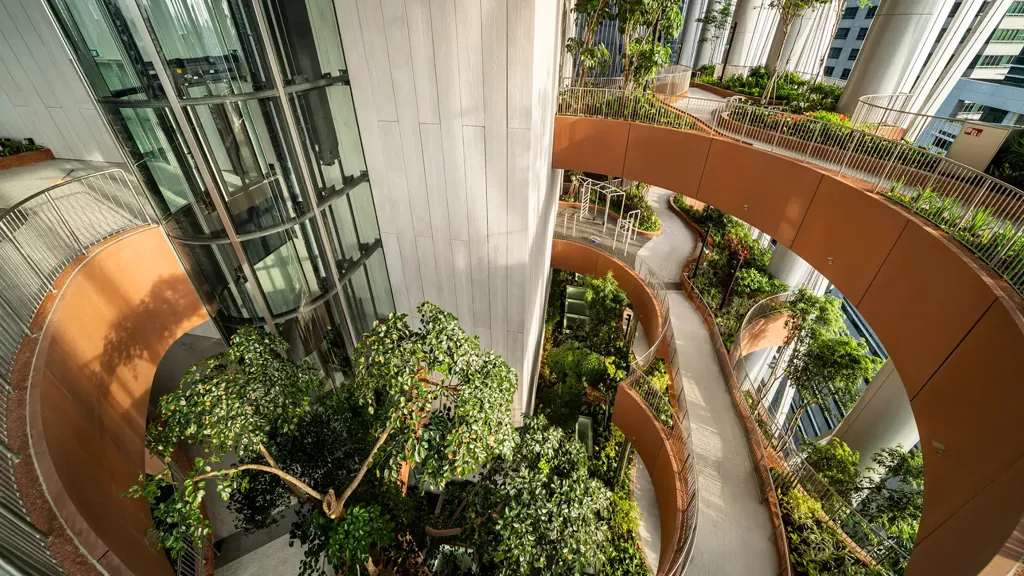Located in Nanshan District, Shenzhen’s technology and innovation hub, the headquarters of the world’s largest consumer drone maker will serve as a creative, commercial, social and cultural catalyst for the Greater Bay Area.
Working with renowned architect Foster + Partners, Arup has provided integrated engineering design services to help realise this futuristic landmark building. Our scope of work covers structural, mechanical, electrical, public health engineering, fire, façade traffic consulting and design review services.
The project is providing a unique research and office environment as well as spaces for showcasing the company’s latest drone technology. The complex is designed to set a benchmark for future R&D buildings in terms of structural efficiency and sustainability.
A unique hanging structure
Our structure design plays a key role in realising the radical architectural form and floating blocks. The building is equipped with a light structure relying on the core, the only structural element that goes all the way to the ground and basement.
Each tower is arranged in six asymmetric blocks cantilevered from the central core, creating a floating effect and futuristic sense. Gaps between the blocks will provide outdoor sky terraces for staff to refresh and reboot. Each floating block offers a 4-floor drone testing space at the top, with 10-14 floor plates for R&D functions hanging below.










